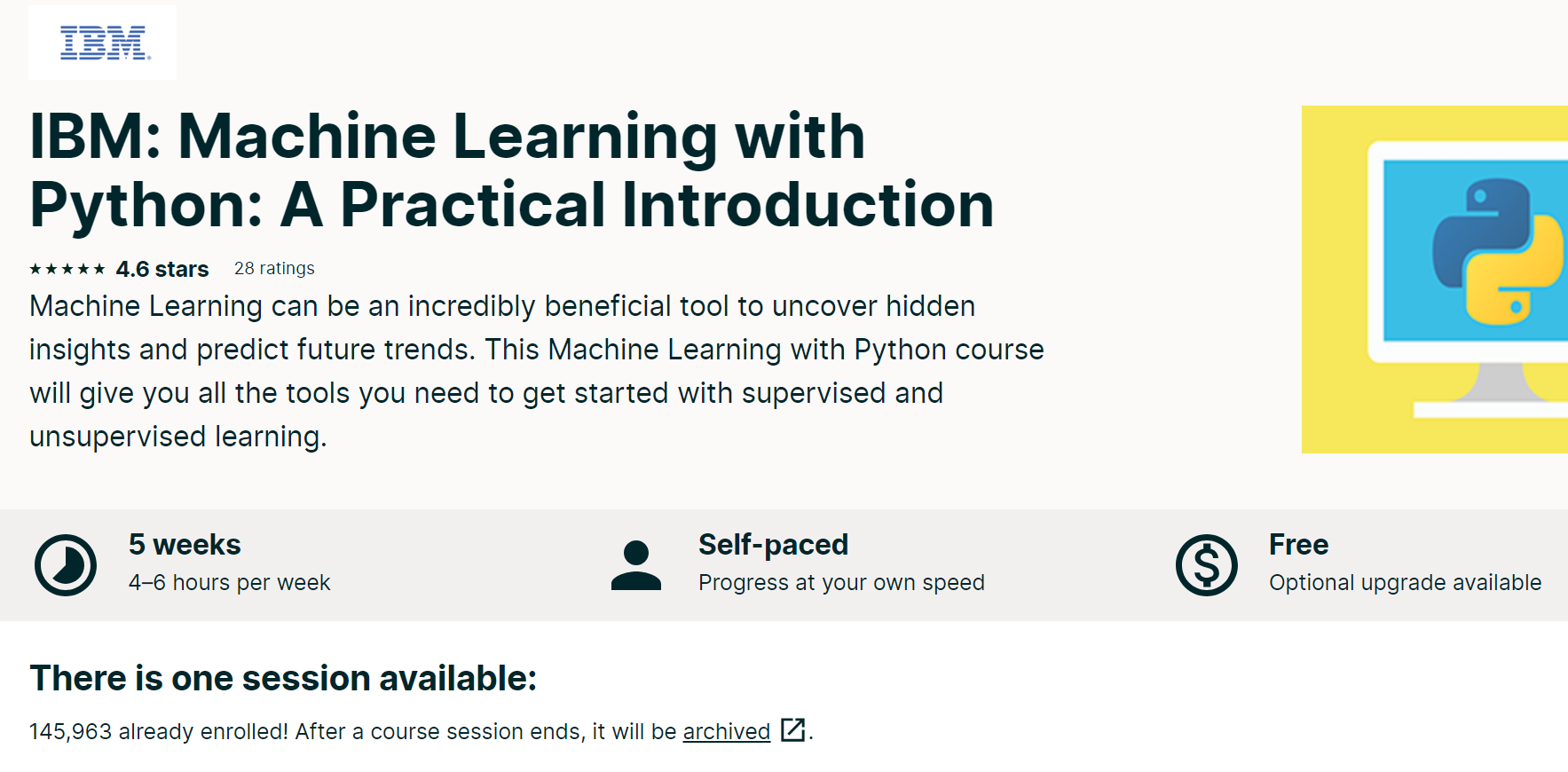
Introduction to Microsoft Excel (Free Course)

Python Coding November 24, 2023 Excel, Projects No comments

Python Coding November 23, 2023 Python Coding Challenge No comments
.png)
Python Coding November 23, 2023 Python No comments
Python Coding November 23, 2023 Deep Learning No comments

Python Coding November 23, 2023 Python No comments
Python Coding November 23, 2023 Python No comments
Python Coding November 23, 2023 Python No comments
Python Coding November 22, 2023 Python No comments
.png)
Python Coding November 22, 2023 Course No comments

Python Coding November 22, 2023 Python No comments
Python Coding November 22, 2023 Course, Python No comments

Python Coding November 22, 2023 Python No comments
Python Coding November 22, 2023 Python No comments
Python Coding November 21, 2023 Python No comments
Python Coding November 21, 2023 Course, Data Science No comments

Python Coding November 21, 2023 Course, Meta No comments

Python Coding November 21, 2023 Course, Data Science No comments

Python Coding November 21, 2023 Course, IBM No comments

Python Coding November 21, 2023 Course, Meta No comments

Python Coding November 20, 2023 Course, Python No comments

Python Coding November 20, 2023 Course, Python No comments

Python Coding November 18, 2023 Python No comments
Python Coding November 18, 2023 Python No comments
Python Coding November 18, 2023 No comments
Python Coding November 18, 2023 Python No comments
Python Coding November 18, 2023 Python No comments
Python Coding November 18, 2023 Python No comments
Python Coding November 18, 2023 Python No comments
Python Coding November 18, 2023 Python No comments
Python Coding November 18, 2023 Python No comments
Python Coding November 18, 2023 Books, Python No comments

Python Coding November 17, 2023 Python No comments
Python Coding November 17, 2023 Python No comments
Python Coding November 17, 2023 Python No comments
Python Coding November 17, 2023 Python No comments
Python Coding November 16, 2023 Course, Data Science, Google No comments

Python Coding November 16, 2023 Course, Data Science, Google No comments

Python Coding November 16, 2023 Data Science, Google No comments

Python Coding November 16, 2023 Course, Data Science, Google No comments

Python Coding November 16, 2023 Course, Data Science, Google No comments

Python Coding November 16, 2023 Data Science, Google No comments

Python Coding November 16, 2023 Course, Data Science, Google No comments

Python Coding November 16, 2023 Course, Data Science, Google No comments

Python Coding November 16, 2023 Course, Data Science, Google No comments

Free Books Python Programming for Beginnershttps://t.co/uzyTwE2B9O
— Python Coding (@clcoding) September 11, 2023
Top 10 Python Data Science book
— Python Coding (@clcoding) July 9, 2023
🧵:
Top 4 free Mathematics course for Data Science ! pic.twitter.com/s5qYPLm2lY
— Python Coding (@clcoding) April 26, 2024
Web Development using Python
— Python Coding (@clcoding) December 2, 2023
🧵: